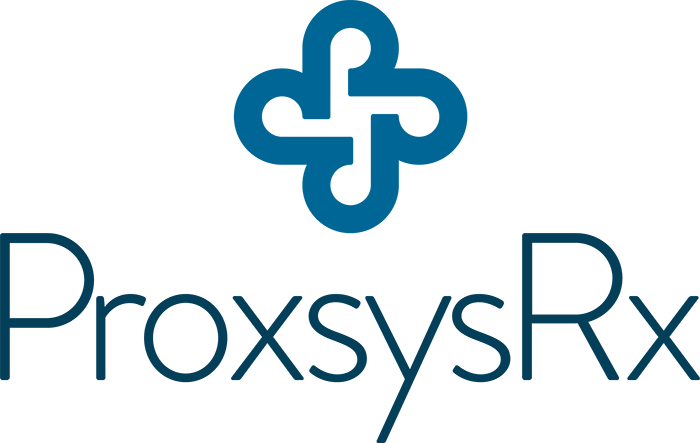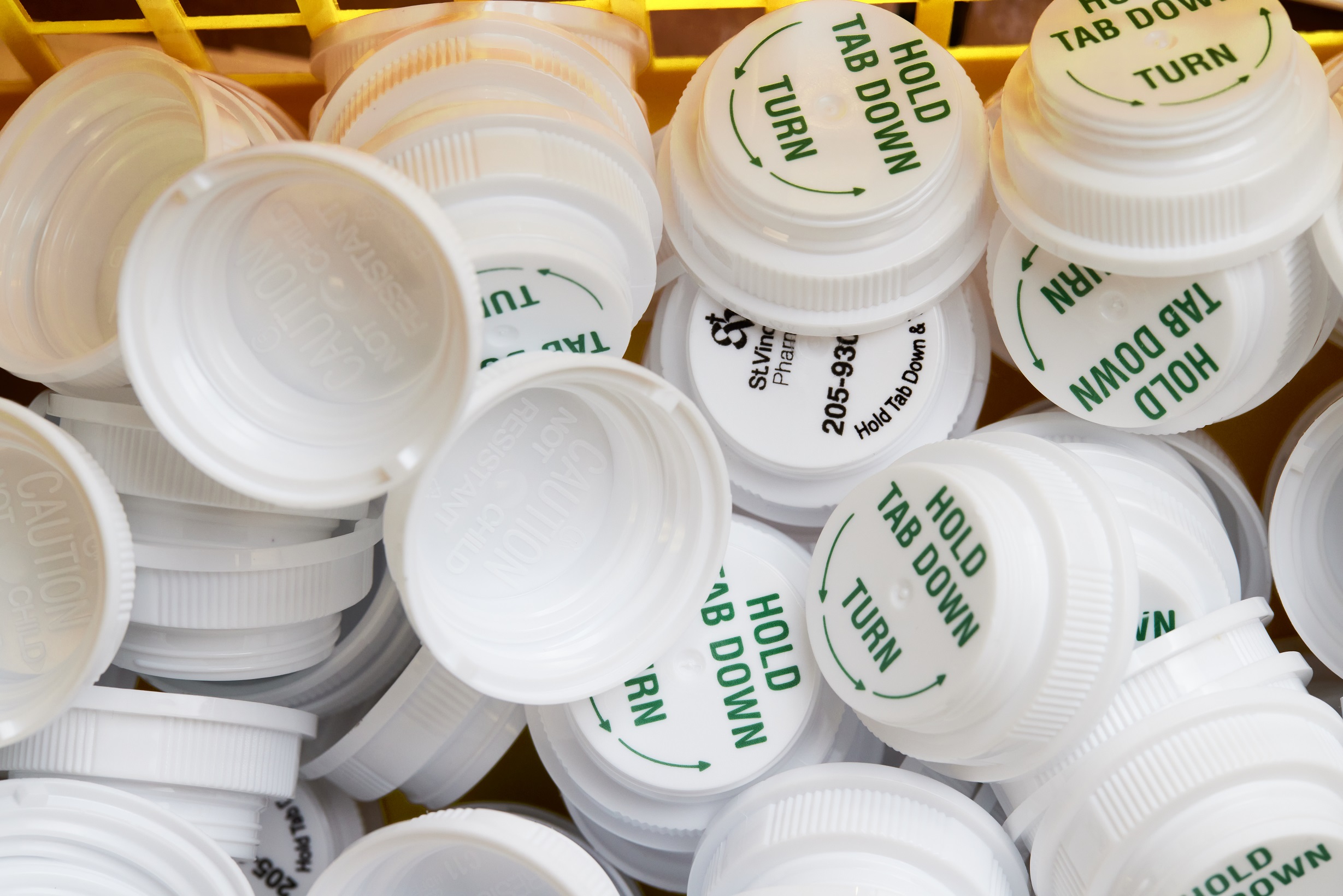Although the 340B drug pricing program was created by Congress to provide significant discounts on prescription drugs for eligible health care providers, a surprisingly low percentage of providers take advantage of their legal right to use it in reducing costs and filling revenue gaps.
As a leading provider of 340B program-management services, we believe the primary reasons for that low percentage are 1) lack of understanding of the program and its far-reaching potential benefits, 2) lack of administrative bandwidth to ensure full 340B compliance — not to mention apprehension over the consequences of non-compliance, and 3) unfounded concerns that drug-manufacturer restrictions in general, and 340B ESP in particular, have made the 340B program too costly and complicated to expect any reasonable ROI for eligible health systems.
Since 2019, ProxsysRx has managed the 340B programs of 18 health systems. During that time, we’ve generated more than $500 million in 340B prescription revenue for those health systems. In the first 10 months of 2023 alone, we’ve generated more than $98 million in 340B-eligible prescription savings. Since the 2020 advent of manufacturer restrictions, while the average 340B hospital’s revenues have decreased significantly, the 340B revenue of every hospital we serve has increased.
That said, the 340B program certainly has its share of complications — and the answer to the question posed in this article’s headline is equally complicated. Which is why we’ll start with a review of what drugs are eligible for 340B savings.
General drug criteria for 340B eligibility
In general, 340B eligibility criteria involves both prescription medications and the covered entity writing the prescriptions. Here’s a good checklist for determining whether certain drugs are potentially eligible.
- The covered entity has a relationship with the patient and maintains records of care.
- The services are provided by a healthcare professional who is either employed by, or contracted with, the covered entity.
- The responsibility for care rests with the covered entity.
- The services are within the scope of project for grantees and designees.
- The service must be more than just dispensing.
- The drug is administered in an eligible outpatient location or dispensed by the covered entity’s 340B contract pharmacy.
Manufacturers’ responsibilities
Manufacturers that want outpatient drug products of theirs to be billable to Medicaid and other CMS programs have to make those drugs eligible for the 340B program — or, as otherwise stated, subject to a 340B ceiling price.
NOTE: The term Outpatient Drug is defined in section 1927(k) of the Social Security Act. This includes all outpatient prescription drugs, and can include some testing supplies and over-the-counter products that are sometimes billed as prescriptions.
The eligible drug catalog list, which can be different for various covered entities, includes over 30,000 separate NDCs, or National Drug Codes. Click Here to see a list of drugs reported by manufacturers under the Medicaid Drug Rebate program — all of which are subject to 340B ceiling prices.
2023 UPDATE: Unlawful 340B restrictions imposed by drug manufacturers
Since the June, 2020 launch of 340B ESP, the drug manufacturing industry has been imposing unlawful restrictions on a broad range of 340B-eligible prescriptions. 340B ESP is operated by Second Sight Solutions, a privately-owned corporation created and run by a man with a long history of accepting money to promote the drug industry’s interests.
HRSA (the Health Resources and Services Administration) has publicly confirmed that the site has no legal right to impose its restrictions on covered entities. And yet, the drug industry continues to do just that —with virtual impunity. By mid-April, 2023, there were 21 manufacturers imposing restrictions — either through 340B ESP, or independent of the website.
The two primary, and most punitive, 340B restrictions imposed by drug manufacturers are 1) limiting the number of eligible contract pharmacies they’ll recognize and honor in any given entity’s network, and 2) limiting the location of eligible contract pharmacies they’ll recognize and honor to pharmacies within a 40-mile radius of a 340B hospital’s primary campus.
The good news for 340B-eligible health systems is, ProxsysRx has overcome many of the manufacturers’ restrictions. To learn how, Click Here.
2023 UPDATE: Overcoming 340B restrictions on specialty pharmacy prescriptions
Not surprisingly, a significant number of 340B-eligible prescriptions restricted by the manufacturers are specialty pharmacy drugs — for the simple reason that 340B specialty pharmacy drugs tend to be significantly more expensive (and, therefore, more costly to manufacturers) than retail-pharmacy prescriptions.
That said, for 340B hospitals forced to select a single pharmacy for manufacturers’ 340B pricing, there is a workaround — and it is perfectly legal in many states. Hospitals can operate specialty pharmacies alongside their retail pharmacies. As long as the two operations are physically in their own spaces (working under separate Pharmacists-In-Charge), and there is no procedural, functional or personnel overlap between the two.
In some states, you can combine specialty and retail, but the retail operation is subject to the heavy policy and process requirements of specialty accreditation — which is an exceptionally demanding burden for a retail pharmacy. Regardless of the state laws governing your health system, ProxsysRx can can help health systems understand and navigate the best options for dealing with state regulations, maximizing available space, and meeting patient needs.
What’s more, ProxsysRx can help health systems build and operate their own specialty pharmacies — AND help them pay for those pharmacies from their 340B-program revenue. To learn more, please refer to the articles below:
Use Your Hospital’s Retail Pharmacy 340B Drug Savings To Build A Specialty Pharmacy
Why 340B Hospitals Should Now Build Their Own Specialty Pharmacies
Best Practices For A 340B Hospital Looking To Build An Onsite Specialty Pharmacy
General exceptions to 340B drug eligibility
There are a few exceptions, which include vaccines and Orphan Drugs (which are, by definition, medications specifically developed to treat rare diseases or conditions — and drugs that have only recently been granted New Drug Status by the FDA).
Eligible drugs frequently NOT submitted for 340B savings
While narcotic medications are included among 340B eligible drugs, covered entities often choose to exclude them from their programs — due, primarily, to the complexity of procuring this class of medication for replenishment. That procurement complexity adds-up to significant time-and-effort costs. And as we’ve noted in a previous post, what’s the point of utilizing 340B for specific medications when the time-and-effort costs exceed the savings generated?
About 340B Orphan Drugs
For the following covered entities utilizing the 340B Program, covered outpatient drugs do not include any drugs designated by the Secretary under Section 526 of the Federal Food, Drug, and Cosmetic Act for rare diseases and conditions:
- Free-standing cancer hospitals
- Rural referral centers
- Sole community hospitals
- Critical access hospitals
Exceptions to the rule above
The orphan drug exclusion does not apply to 340B-eligible entities which are – –
- – – enrolled under sections 340B(a)(4)(A) through 340B(a)(4)(L) of the PHSA
- – – children’s hospitals described in section 340B(a)(4)(M) *See NOTE at bottom of page
BROAD, SIMPLIFIED SUMMARY of the exceptions above: Covered entity types that can purchase orphan drugs at 340B prices are disproportionate share hospitals (DSHs) and children’s hospitals.
Keeping current with orphan drug manufacturers / sponsors
HRSA recognizes that an orphan drug’s sponsor — listed on the FDA orphan drug list — may not be the current manufacturer for an orphan drug. Which is why HRSA encourages 340B stakeholders to work, in good faith, to resolve any potential disputes that may result from the use of its list. HRSA posts an updated list of orphan drugs on a quarterly basis, to ensure that covered entities have the information they need to comply with orphan drug exclusions.
To determine if a specific drug has been designated an Orphan Drug, visit the FDA Search Database.
*NOTE: Children’s hospitals described in section 340B(a)(4)(M)
A children’s hospital excluded from the Medicare prospective payment system pursuant to section 1886(d)(1)(B)(iii) of the Social Security Act, or a free-standing cancer hospital excluded from the Medicare prospective payment system pursuant to section 1886(d)(1)(B)(v) of the Social Security Act, that would meet the requirements of subparagraph (L), including the disproportionate share adjustment percentage requirement under clause (ii) of such subparagraph, if the hospital were a subsection (d) hospital as defined by section 1886(d)(1)(B) of the Social Security Act. (SOURCE: Online PDF published by HRSA)
ProxsysRx is here to help, if you have questions.
There are so many ways to optimize your 340B drug program savings & benefits, and overcome manufacturer restrictions while still minimizing the likelihood of noncompliance. For more information, contact Howard Hall. C: 214.808.2700 | howard.hall@proxsysrx.com![]()

